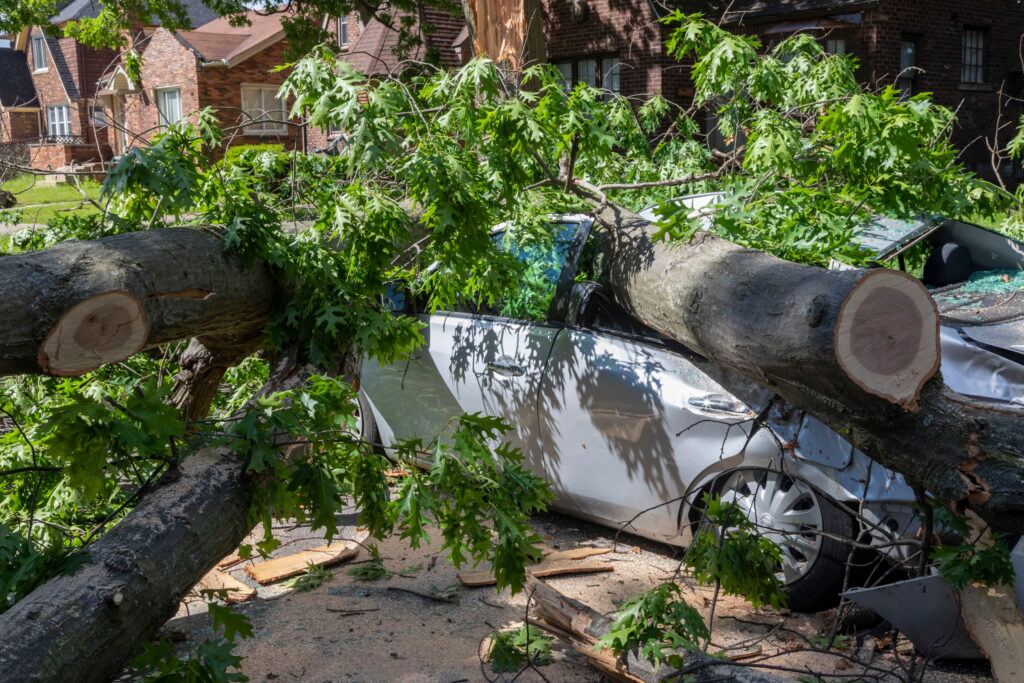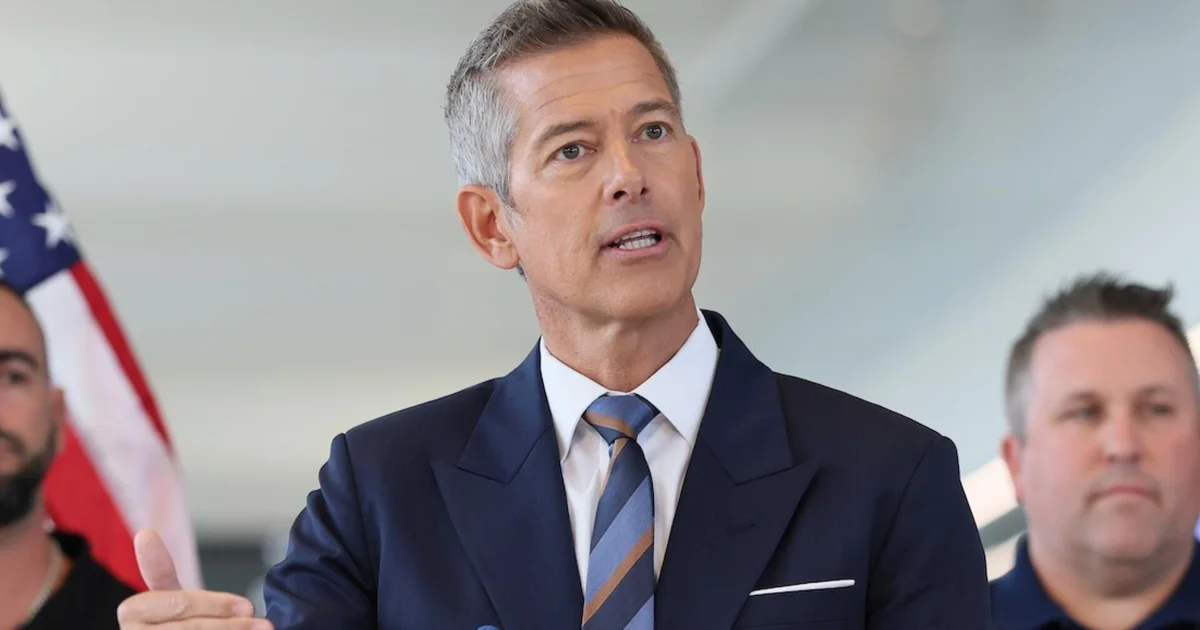Copyright Inside Climate News

When hurricanes form, all eyes are on the places where they make landfall—for obvious reasons. But their effects can extend hundreds of miles inland. Case in point: Remnants of dozens of hurricanes and tropical storms have swept through the Midwest. Had Hurricane Melissa taken a more westerly route last week, it could have brought the region both damage and much-needed rain. “We really don’t think about them as an important part of the Midwest climate,” Trent Ford, the Illinois state climatologist, said of hurricanes. “Although they’re not the major driver of our fall precipitation, they still can play a huge role.” Often originating in the Gulf of Mexico, hurricane or tropical storm remnants that sweep through the Midwest are relatively rare, but they can have a big effect on the Mississippi River watershed with the rain they bring. As they move through the country’s center, hurricanes and tropical storms weaken, meaning their wind speeds slow, but they can still produce gusts up to 60 miles per hour. “Here in the Midwest, and here in Illinois, these storms can travel significant distances from the coastline, and they can bring everything from high winds to heavy rainfall,” said Deanna Hence, an atmospheric scientist at the University of Illinois Urbana-Champaign. “It’s not going to be as dramatic as it would be over the coastal areas, but it can still cause significant impacts and a fair amount of damage.” Since 1863, the central track of 33 of those systems have moved through Illinois, according to data from the National Weather Service—about one every five years on average. From Hurricane Gustav in 2008, which dropped up to four inches of rain in Illinois, to the most recent such example—Hurricane Laura in 2020—these systems can cause flooding, but can also end droughts and supply water to the Mississippi River. Most of Illinois is currently experiencing a drought, thanks to particularly dry conditions at the end of the summer and into the fall. In years past, hurricane remnants have helped to alleviate those. “The droughts that we’ve seen in the fall in the Midwest can be exacerbated by the complete lack of tropical storms making their way in the Midwest, like what we’ve seen this year,” said Ford, based at the University of Illinois’ Prairie Research Institute. Farmers have harvested most of the crops grown in the state by now, so drought is less of an issue for agriculture at the moment. But dry conditions can have other consequences. The Ohio River, which meets the Mississippi River near Cairo, Illinois, in the southern part of the state, accounts for more than half of the Mississippi River’s flow. Without more moisture, those rivers reach low levels, prompting dredging and saltwater intrusion where the Mississippi meets the Gulf of Mexico. Water levels are currently so low along the Mississippi River that the U.S. Army Corps of Engineers is constructing a temporary underwater structure to keep saltwater from moving further upstream. The Corps has done that each year since 2022—and only three times before then. A hurricane remnant could reverse the trend of low water levels, especially given the growing evidence that rainfall in hurricanes is increasing due to warmer ocean and air temperatures that allow for more moisture in the air. Whether a hurricane remnant in the Midwest proves beneficial or detrimental depends on the circumstances, said Hence. That’s why she collaborates with colleagues in hydrology and other fields to model patterns and determine the impacts of these systems and other storms that blow through the region. “We have some exotic and wacky weather in the Midwest,” she said.



